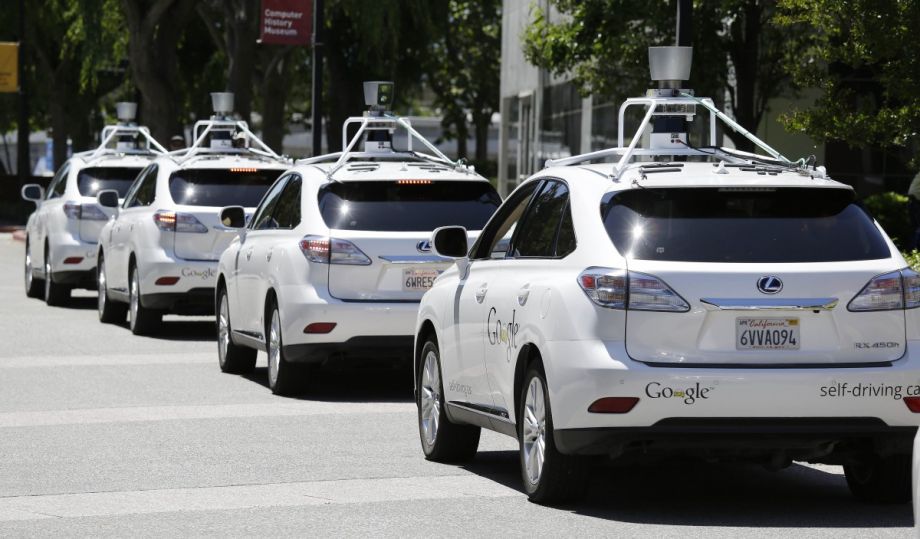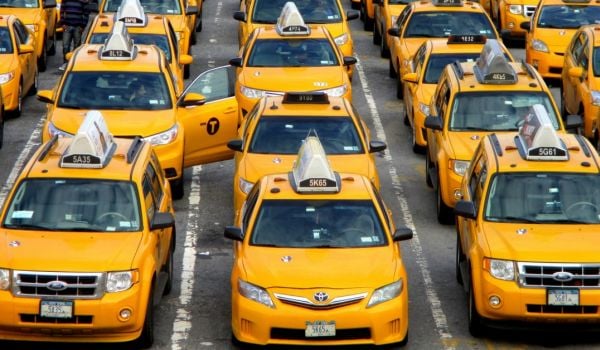Right now, the battles of taxi driver vs. Uber driver, and Uber contractor vs. Uber employee seem far from over. But what if, by 2030, there were significantly fewer drivers to hail?
That’s the future that scientists from the U.S. Department of Energy’s Berkeley Lab envisioned for a study published in Nature Climate Change this week. Jeffery Greenblatt and Samveg Saxena examined the possible environmental and economic benefits of on-demand driverless cars, if the transport mode was adequately adopted over the next 15 years.
From a Berkeley Lab news release:
The analysis found that the per-mile greenhouse gas emissions of an electric vehicle deployed as a self-driving, or autonomous, taxi in 2030 would be 63 to 82 percent lower than a projected 2030 hybrid vehicle driven as a privately owned car and 90 percent lower than a 2014 gasoline-powered private vehicle. Almost half of the savings is attributable to “right-sizing,” where the size of the taxi deployed is tailored to each trip’s occupancy needs.
In other words, if only one person needs a ride, a smaller vehicle would arrive to pick her up, instead of a big SUV or even a four-seat car.
“When we first started looking at autonomous vehicles, we found that, of all the variables we could consider, the use of autonomous vehicles as part of a shared transit system seemed to be the biggest lever that pointed to lower energy use per mile,” Greenblatt said.
For driverless cars to truly make it to the main stage, of course, there are a number of hurdles — including technology development, traffic laws and the murky variable of human behavior — that could slow an autopilot boom.
The benefits of making the driverless transport electric, the scientists say, do depend on cleaner power: “By 2030 power plants are expected to be using more renewable energy and emitting less pollution, meaning the greenhouse gas intensity of electricity will be lower.”
Another plus highlighted in the study is the increased efficiency possible with driverless cars, which can operate continuously without a break. The cars would just roam our city streets waiting for us to call. This, the study argues, would cut down on pollution caused by traffic. And since there would be no human operator, the ride itself could be less expensive for passengers.
Though the study didn’t attempt to assess how widespread this technology would be by 2030, it did conclude that if 5 percent of 2030 vehicle sales were shifted to autonomous taxis, it would save around seven million barrels of oil a year. There are still a number of other questions left unanswered, and those are variables that might only be resolved once the technology is more widely tested: Would enough passengers trust a driverless car to put them in high demand? How would this affect traditional medallion cab drivers or Uber drivers?
Marielle Mondon is an editor and freelance journalist in Philadelphia. Her work has appeared in Philadelphia City Paper, Wild Magazine, and PolicyMic. She previously reported on communities in Northern Manhattan while earning an M.S. in journalism from Columbia University.
Follow Marielle .(JavaScript must be enabled to view this email address)












